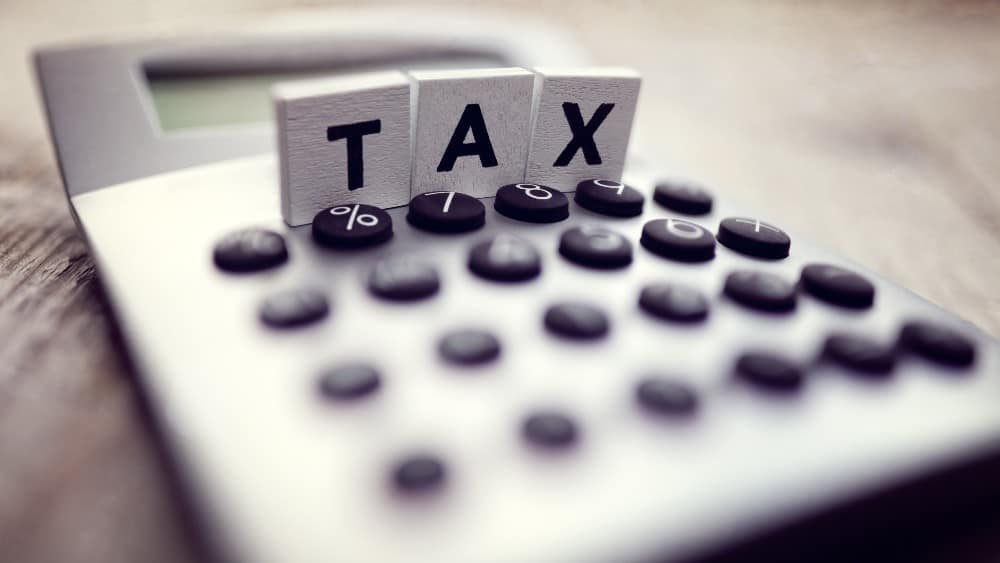When the pandemic decimated the job market, the emergency payments from the CRA served a critical purpose: i.e., it provided jobless people with enough money to afford a roof over their heads and put food on the table. Without a comprehensive payment plan like the CERB in place, the situation would have been much worse.
Even after when the economy started to recover, unemployment didn’t suddenly disappear. So, the CRA (after discontinuing the CERB) started other benefit payments. Most of the burden was picked up by the EI and the CRB, while the rest was distributed among other benefit payments.
But these payments come with strings attached.
The taxable benefit income
If you got the CERB and the CRB payments in 2020 (both or either one of them), you need to pay taxes on them as well. The situation for the two payments is a bit different. The CERB was paid out in full (i.e., all $2,000 was handed to the recipient, but not the CRB). The CRA held 10% tax at the source, but that doesn’t mean your tax obligation regarding the payment has been paid in full.
You’d have to calculate your taxes, and if you owe more than the 10% that the government withheld from the CERB, you will have to pay back the difference. If the tax the government withheld was more than you owed, the CRA will pay you the difference.
In any case, you have to keep this tax obligation in mind when you do your 2020 taxes.
The tax-free income you can create for yourself
You wouldn’t have owed anything to the government if the emergency funds you needed came out of your TFSA and not the CRA. Even if it’s too late for that, you can still start funding your TFSA and building a nest egg or a passive-income stream for yourself. One good stock to consider for the latter would be Canadian Imperial Bank of Commerce (TSX:CM)(NYSE:CM).
Like some others in the banking sector, CIBC has also paid dividends to its investors for over a century. Its dividend-growth history is relatively shorter, as it has been growing its dividends for the past decade. Its long-term capital growth prospects might not be as bright, but its generous 5.19% yield is reason enough to consider this safe aristocrat.
If you can invest $50,000 from the fully stocked TFSA into this bank, you can start receiving a monthly $216 tax-free dividend income.
Foolish takeaway
Paying taxes on the benefit payments, especially considering they were issued so people could cover their basic necessities, might seem harsh to some. But it’s important to understand that taxes were partly what allowed the government to issue these payments in the first place. If you think of them as a collective solution that we are all contributing to, taxes might not seem so bad.









